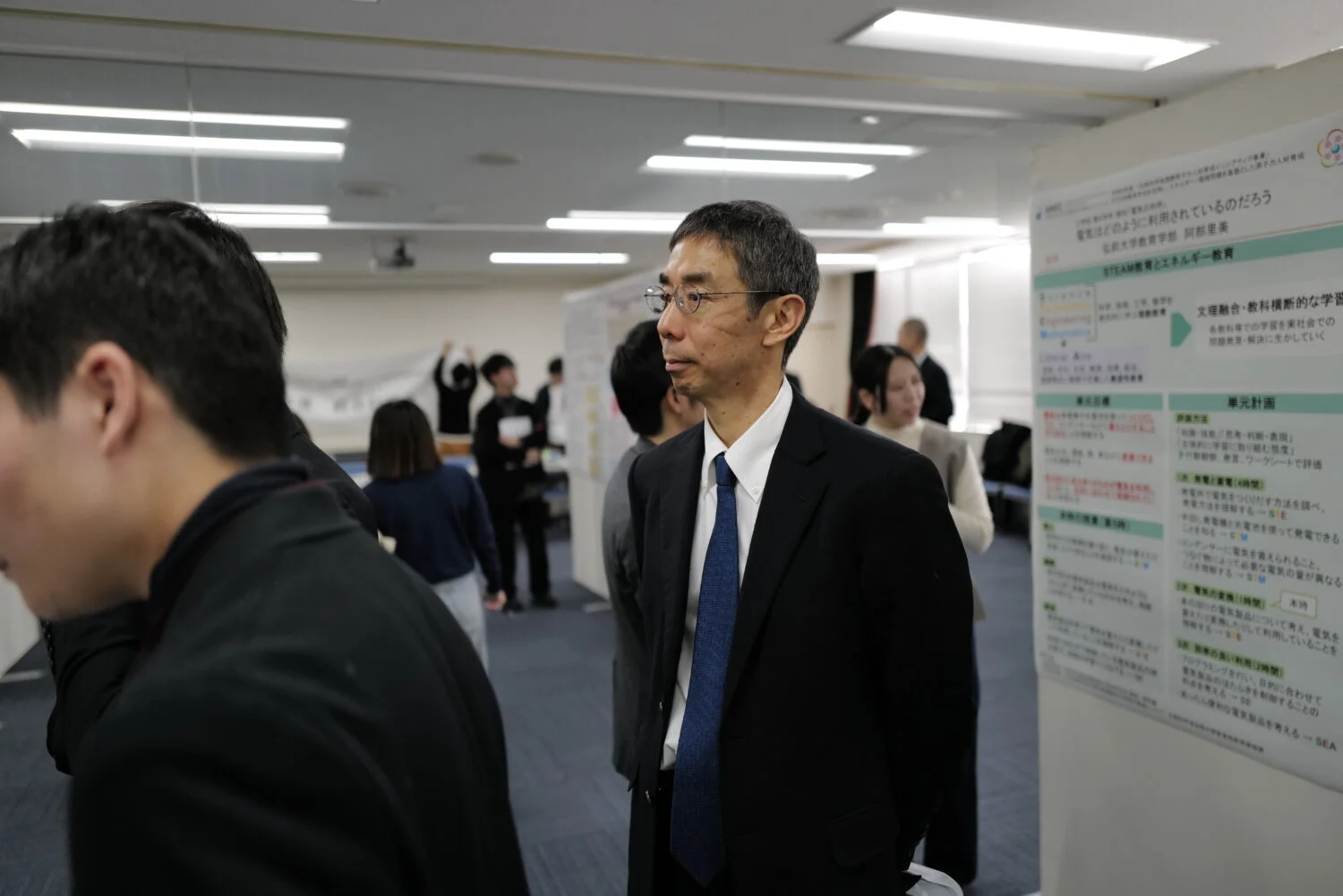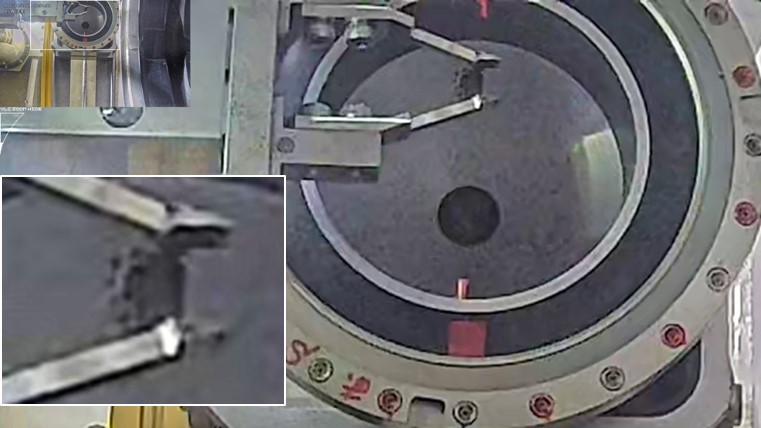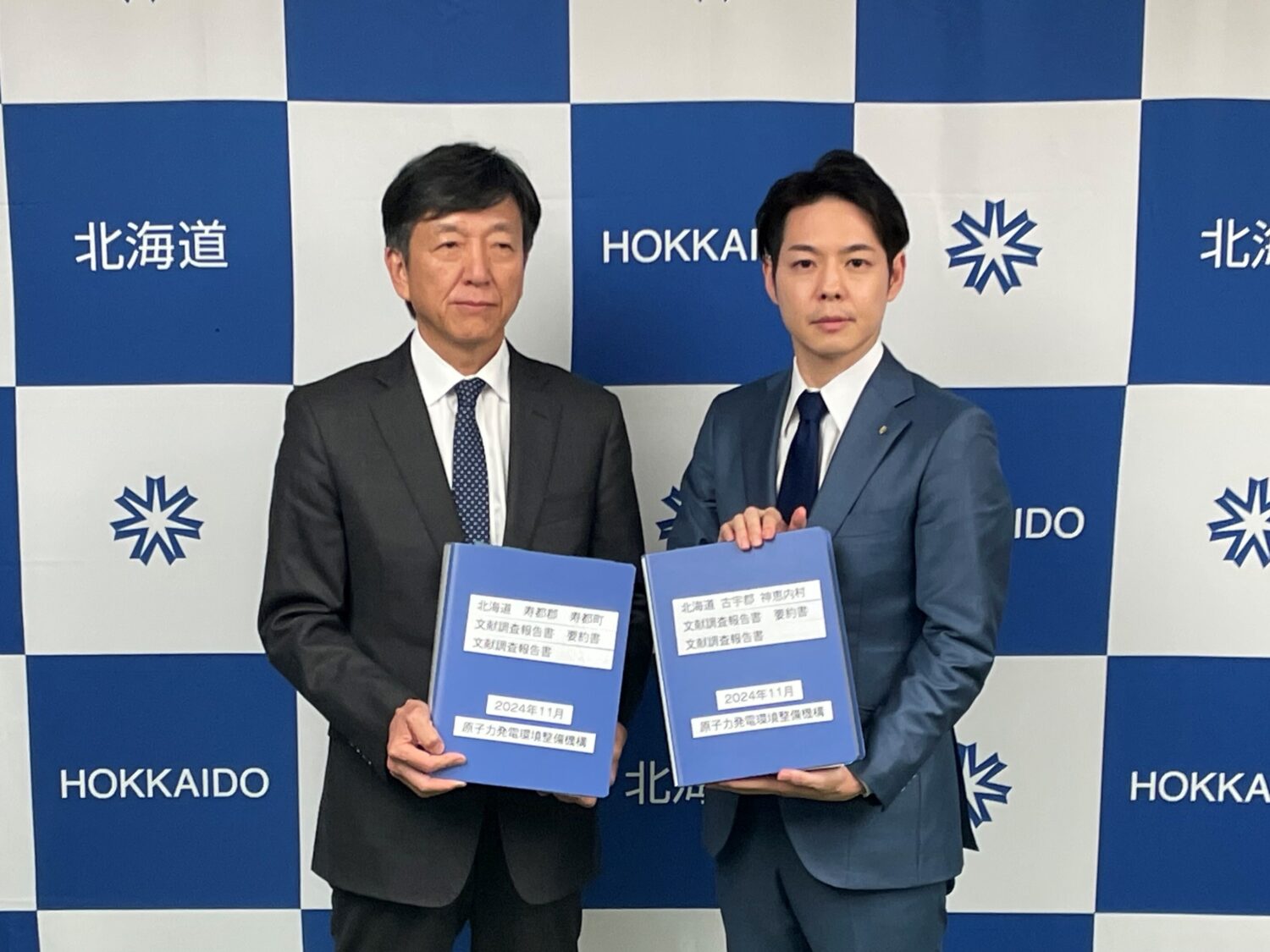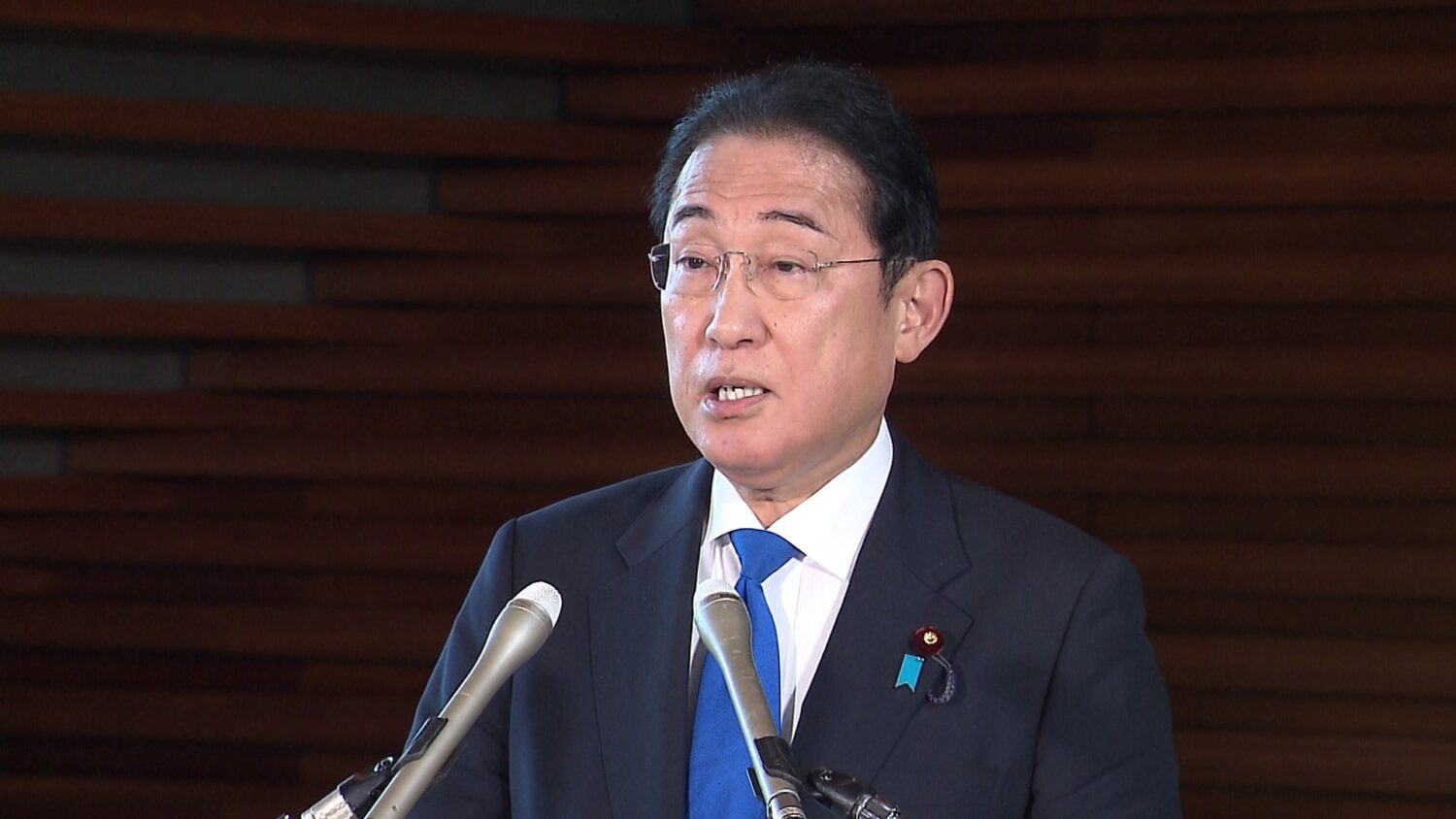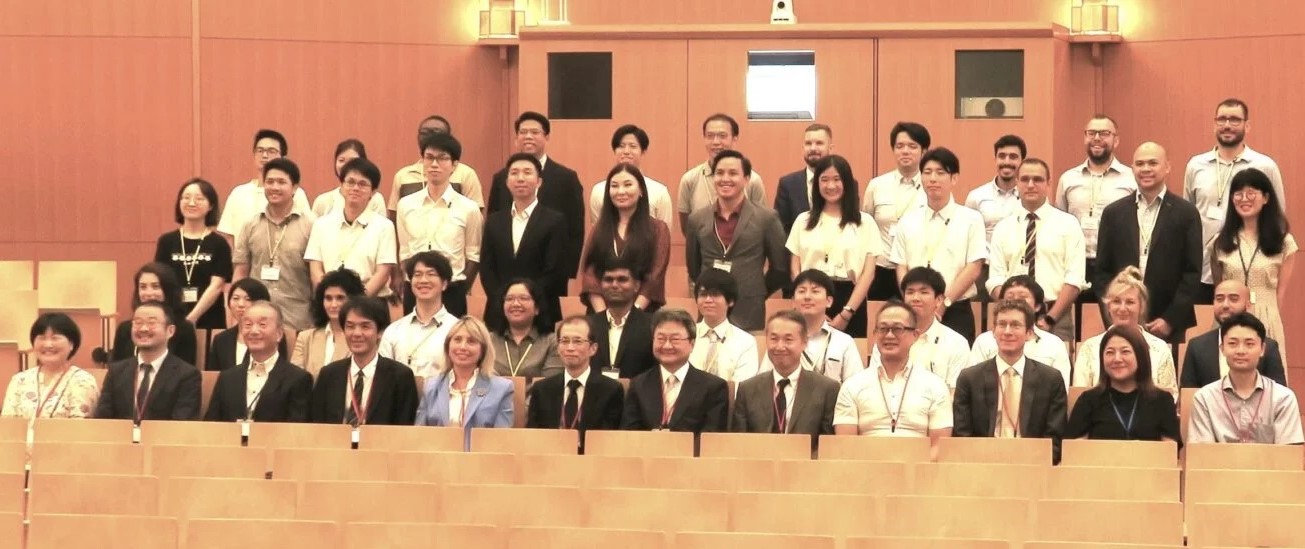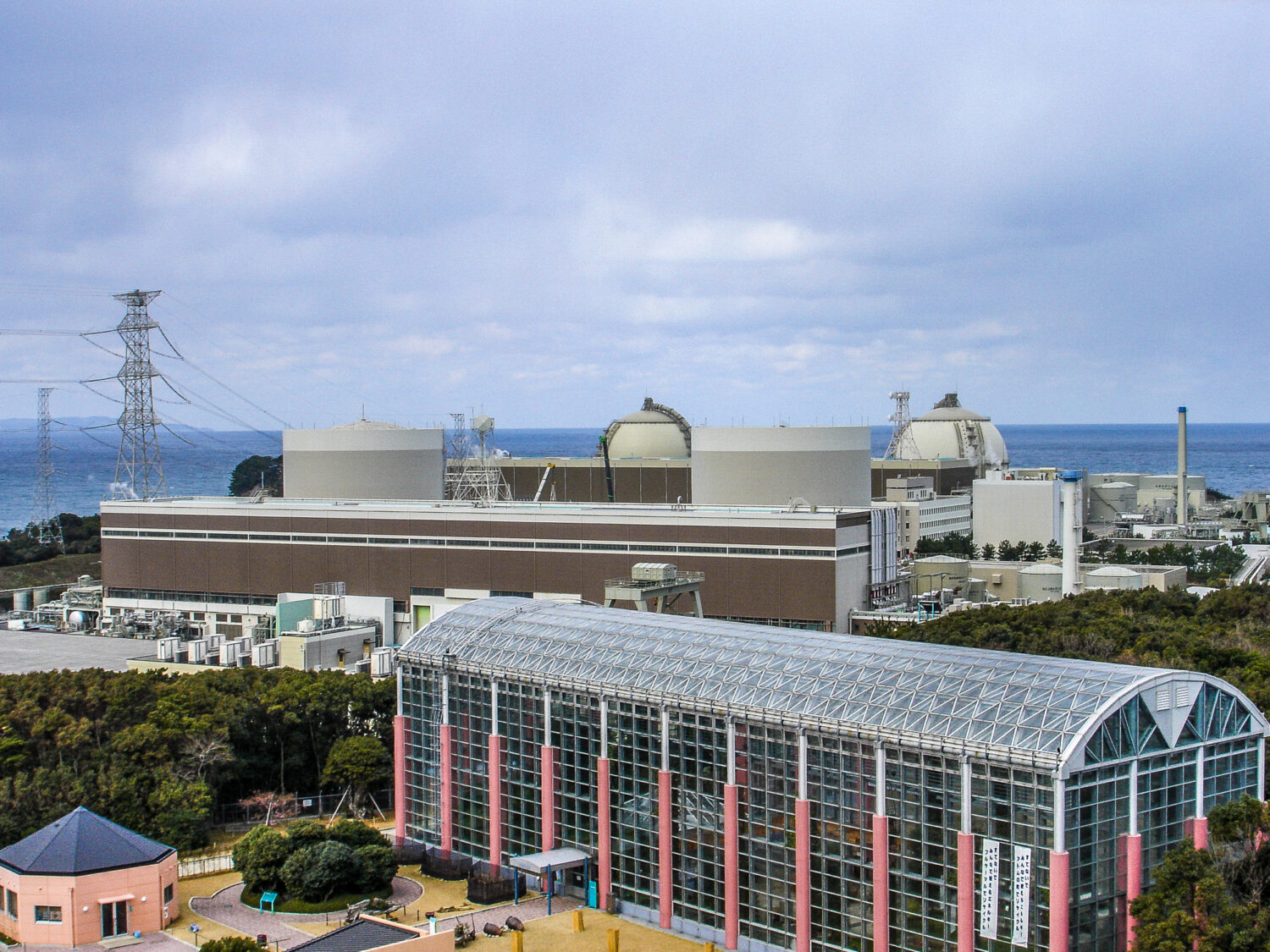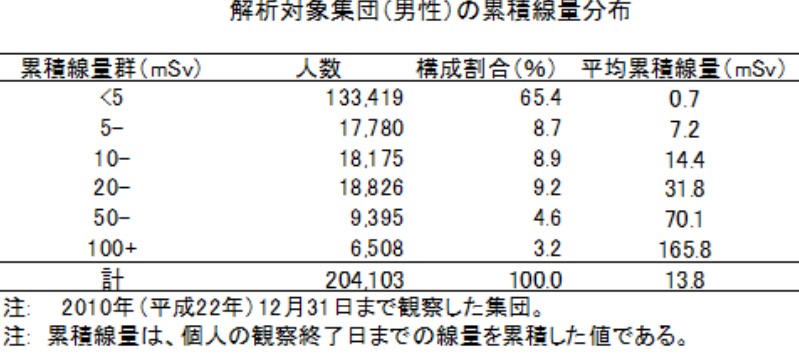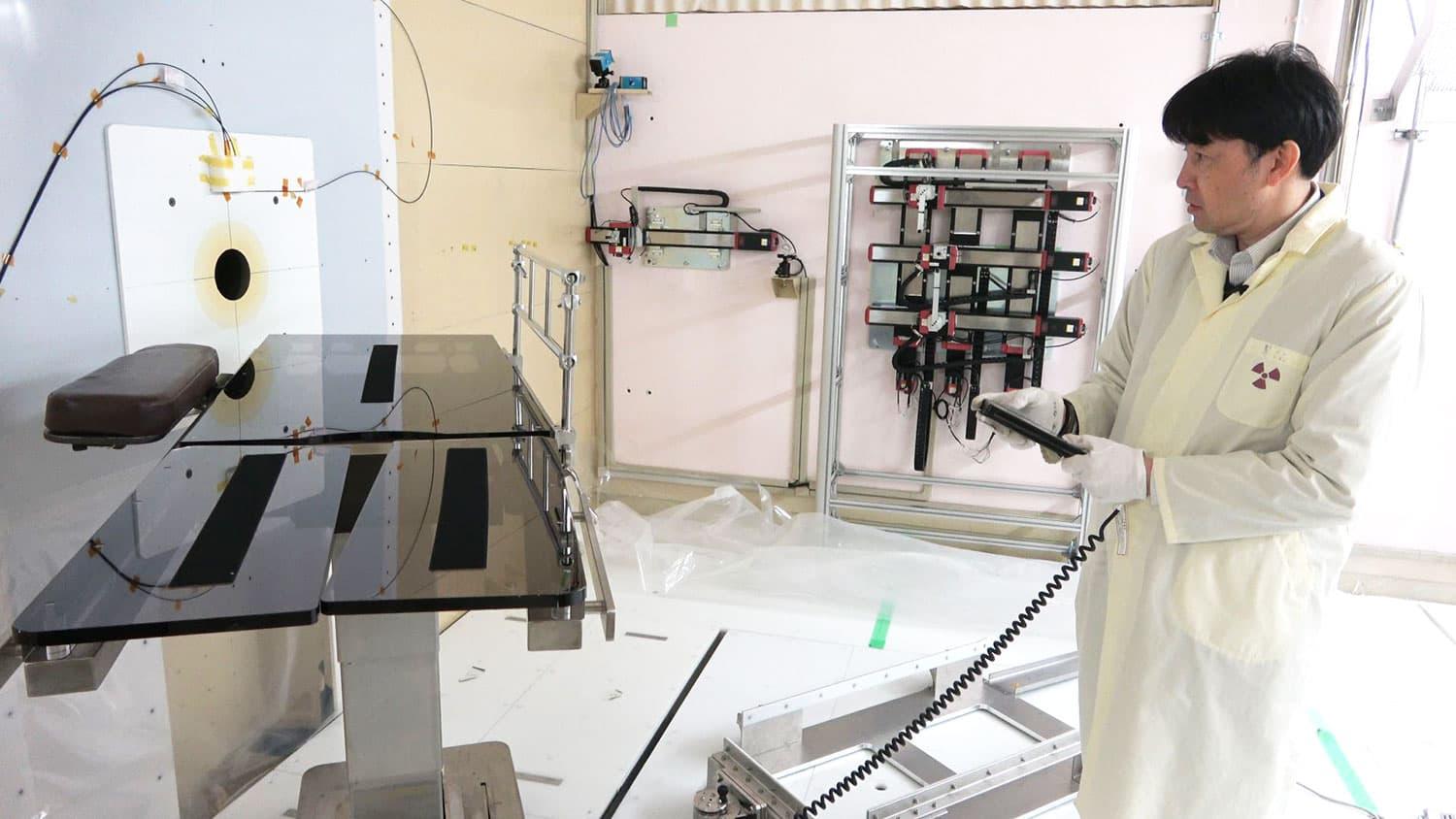The latest survey was conducted for fiscal 2017 (April 2017 to March 2018), during which five nuclear power plants (NPPs) were actually in operation in the country[1]The Ohi-3 NPP, owned and operated by the Kansai Electric Power Co., Inc. (Kansai-EP), and the Genkai-3 NPP, owned and operated by the Kyushu Electric Power Co., Inc., were both restarted in March … Continue reading, with the aim of ascertaining prevailing circumstances for the industry engaged in nuclear power.
The main items in the quantitative portion of the survey were nuclear-related expenditures by power companies, nuclear-related sales and backlogs of orders in mining and manufacturing firms, as well as the number of nuclear-related workers in power utilities and mining and manufacturing firms.
In the qualitative portion of the survey, carried out by questionnaire, an investigation was made of the business sentiment in industries engaged in nuclear power and the effects of the NPP shutdowns. The survey also included various questions related to the achievement of a 20-22 percent share for nuclear power in the 2030 energy mix, in order to understand what the industry thinks about the role of nuclear power and each company’s future course of action.
■ Method
Target: A total of 365 for-profit companies engaged in the nuclear power field were surveyed, including JAIF’s member companies. Valid responses came from 254 companies (eleven power utilities[2]Electric utilities with NPPs., 234 mining and manufacturing firms[3]Nuclear-related for-profit companies include a wide range of companies that are neither power utilities nor trading firms, such as heavy electrical machinery manufacturers, construction firms, … Continue reading, and nine trading firms).
Period covered: FY17 (April 2017 – March 2018)
- Survey conducted: June 1 to July 13, 2018.
Survey method: Distribution and return of questionnaires
■ Summary of Survey Results
- Circumstances in FY17
The environment for nuclear-power and related industries showed signs of improvement during the fiscal year, having worsened after the March 2011 accidents at the Fukushima Daiichi NPPs, thanks to new regulatory standards being met and the restart of some NPPs. However, expenditures by power utilities and sales by mining and manufacturing firms only increased slightly during the previous fiscal year. Meanwhile, nuclear-related backlogs of orders in mining and manufacturing firms showed substantial growth for the second year in a row.
In contrast, the number of nuclear-related workers in the mining and manufacturing industry increased only a little from the previous year.
- Industrial trends seen in questionnaire responses
Most survey respondents described their business sentiment in the current fiscal year (FY18) as bad. Comparing their sales with those in FY17, most responded that they were unchanged or reduced. Some foresaw the same situation prevailing next year as well, with similar effects on business sentiment and expected sales.
In terms of effects of the shutdowns of NPPs, many respondents continued to point to reduced sales and difficulties in maintaining and continuing their technological capabilities. Also, an increasing number cited a decrease in on-the-job opportunities as a factor.
As for whether nuclear power could actually achieve a share of 20–22 percent of Japan’s total energy mix by 2030, half of the respondents said that it was not possible. The factors cited included the lack of prospects for the construction of new NPPs or the replacement of older ones, as well as the delay in restarting NPPs.
An increasing number of respondents pointed to three factors—the consistent promotion of nuclear policy by the government, the early restart of NPPs and their stable operation, and a restoration in public confidence in nuclear power—as necessary elements in successfully promoting the nuclear power industry. Given a similar increase in those concerned about ensuring and fostering nuclear-related human resources, the lack of progress in restarting NPPs can be deemed as a major factor heightening those fears.
- Future course of action for Japan’s nuclear power industry
Nuclear power plays a great role as a key base-load power source ensuring Japan’s energy into the future, while reducing CO2 emissions. A steady nuclear policy should be carried out by the government to achieve the country’s target a nuclear share in the energy mix of 20-22 percent by 2030. Those efforts should include restarting existing NPPs on the premise of safety, extending plant lifetimes, and building new plants as well as replacing older ones.
■ Quantitative Survey
<Main Survey Items>
Nuclear-related expenditures by Japan’s power utilities advanced to JPY1,889.1 billion (USD17.3 billion at USD1 = JPY109) in FY17, up JPY19.5 billion (USD178.9 million), from the previous year. Sales by mining and manufacturing firms totaled JPY1,775.1 billion (USD16.3 billion), rising JPY44.2 billion (USD405.5 million), and order backlogs for mining and manufacturing firms grew to JPY2,276.3 billion (USD20.9 billion), up JPY277.4 billion (USD2.5 billion). (Table A, and Fig. A)
As for nuclear-related workers, a total of 13,032 people worked at Japan’s electric power utilities, up just 53 from the previous year, with 35,506 employed at mining and manufacturing firms, climbing by 1,007. The combined total was 48,538 workers, 1,060 more than the year before. (Fig. B)
The number of locally-hired workers in nuclear siting areas for the year stood at 23,612. That figure included 8,078 hires by power utilities and 15,534 by mining and manufacturing firms. Together, those numbers accounted for almost half—forty-nine percent—of the total of the 48,538 workers in the industry in FY17, up one percentage point from the previous year. (Fig. C)
<Electric Power Utilities>
- Nuclear-related expenditures were JPY1,889.1 billion
Nuclear-related expenditures by Japan’s power utilities grew to JPY1,889.1 billion (USD17.3 billion) in FY17, representing a JPY19.5 billion (USD178.9 million) increase from the year before, and accounting for fourteen percent of their total expenditures (operating expenses), down one percentage point from the previous year. (Fig. D)
As for changes in nuclear-related expenditures broken down by item[4]Itemized breakdowns were estimated based on percentages given by those responding (using ninety-eight percent of total values for FY17 and all of the total values for FY16)., land, buildings and structures expenses decreased to JPY142 billion (USD1.3 billion), falling JPY75.2 billion (USD689.9 million) from the previous year, while capital investments (equipment and facilities) rose to JPY433.5 billion (USD4.0 billion), up by JPY60.5 billion (USD555.0 million). Meanwhile, those expenses related to fuel and material stood at JPY261.3 billion (USD2.4 billion), up JPY57.8 billion (USD530.3 million). (Fig. E)
*1) Included in “Other” are compensation expenses, rental expenses, insurance premiums, taxes, consumable supplies, and interest.*2) Nuclear Damage Compensation and Decommissioning Facilitation Corporation (NDF)
- JPY370.2 billion spent on meeting new regulatory requirements
The total amount of expenditures made by power utilities on measures to meet the government’s new regulatory standards reached JPY370.2 billion (USD3.4 billion) in FY17, accounting for twenty percent of their total nuclear-related expenditures of JPY1,889.1 billion (USD17.3 billion). (Fig. F)
<Mining and Manufacturing Firms>
- Nuclear-related sales were JPY1,775.1 billion
Nuclear-related sales by Japanese mining and manufacturing firms during FY17 reached JPY1,775.1 billion (USD16.3 billion). Broken down by type of client, their sales to power utilities declined to JPY1,297.1 billion (USD11.9 billion), representing a JPY69.9 billion (USD641.3 million) decrease, while those to mining and manufacturing firms stood at JPY269.1 billion (USD2.5 billion), up JPY89.5 billion (USD821.1 million). (Fig. G)
Broken down by the nature of the structure, front-end expenditures climbed to JPY74 billion (USD678.9 million), representing a JPY19.9 billion (USD182.6 million) increase, while back-end expenditures stood at JPY578 billion (USD5.3 billion), up JPY16.4 billion (USD1150.5 million). (Fig. H)
■ Qualitative Survey (Questionnaire)
Note: The respondents’ answers to the questionnaire primarily reflected their sentiments during the current fiscal year (FY18), when the survey was conducted. Responses were not the official views of the respondent companies, but should be regarded as the thoughts of those individuals who answered the questions.
<Business Sentiment in Japan’s Nuclear Power Industry>
An overwhelming seventy-nine percent of the respondents expressed a negative business sentiment during FY18. (Fig. I)
An increasing number of respondents said that the upcoming fiscal year (FY19) would be even worse than this year. (Fig. J)
Compared with the year before, the percentage of respondents in FY18 mentioning increased sales fell to twenty-two percent, down one percentage point. (Fig. K)
The percentage of respondents who said that sales would grow by next year (FY19) dropped to fourteen percent, slipping four percentage points, while more than half—some fifty-nine percent—said that sales would remain unchanged. (Fig. L)
<Adverse Effects of Nationwide NPP Shutdowns>
As for the adverse effects of Japan’s current suspension of NPP operations, there continued to be a high ratio of respondents pointing to reduced sales and difficulties in maintaining and continuing their technological capabilities. (Fig. M)
Those respondents citing sales declines of twenty percent or more grew to fifty-nine percent of the total, up seven percentage points from the previous year. (Fig. N)
Most respondents said that the declining number of opportunities to carry out on-the-job training was one of the specific adverse effects that they had experienced in maintaining and continuing their technological capabilities. (Fig. O)
Reinforcing education and training was the item most frequently mentioned by the respondents—at seventy-seven percent—as the activity being carried out to maintain technology and know-how. (Fig. P)
When asked about the withdrawal of which kind of company would have the greatest adverse effect on them—currently or potentially—the respondents most frequently cited materials and steel materials firms—at twenty-seven percent—followed by firms in instruments and control systems, at twenty-two percent. (Fig. Q)
<Expectations of the Government and Power Utilities>
When asked what they hoped the government and power utilities would do (aside from restarting NPPs), an increasing ratio of survey respondents said that they wanted political support for financial matters, with a smaller percentage desiring support for the improvement of technological capabilities. (Fig. R)
<Role of Nuclear Power>
Asked whether they thought it was likely that the goal could be achieved of getting nuclear power to account for 20-22 percent of Japan’s total energy mix by 2030, half of the survey respondents said that it was impossible. (Fig. S)
When asked why they though the achievement of the goal was unlikely, some forty-eight of percent of the respondents cited the current lack of construction of any new NPPs or the replacement of older ones, with thirty-three percent citing delays in restarting the NPPs currently shut down. (Fig. T)
As for which power source they thought would be dominant as of 2050, the highest number of respondents—seventy-nine percent—cited renewable energies, followed by nuclear energy at fifty-seven percent. (Fig. U)
<Issues for the Nuclear Power Industry>
As for what was necessary to successfully promote the nuclear power industry, the greatest portion of respondents—seventy-one percent—selected the consistent promotion of nuclear policy by the government. That was followed by the number of respondents citing the early restart of NPPs and stable NPP operation, at sixty percent, and the restoration of public confidence in nuclear power, at fifty-nine percent. Compared with the last survey, more respondents pointed to the restoration of public confidence in nuclear power as well as to the securing and fostering of nuclear-related human resources. (Fig. V)
References
| ↑1 | The Ohi-3 NPP, owned and operated by the Kansai Electric Power Co., Inc. (Kansai-EP), and the Genkai-3 NPP, owned and operated by the Kyushu Electric Power Co., Inc., were both restarted in March 2018. |
|---|---|
| ↑2 | Electric utilities with NPPs. |
| ↑3 | Nuclear-related for-profit companies include a wide range of companies that are neither power utilities nor trading firms, such as heavy electrical machinery manufacturers, construction firms, fuel-related manufacturers, service companies and the like. |
| ↑4 | Itemized breakdowns were estimated based on percentages given by those responding (using ninety-eight percent of total values for FY17 and all of the total values for FY16). |





